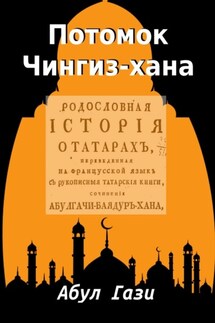Indo-European ornamental complexes and their analogs in the cultures of Eurasia - страница 10
Ornament is not the last among these traditions. Thus, if the Andronovo ornamental complexes were preserved precisely by the Finno-Ugric population of the north of the European part of the USSR, then these complexes must be constantly present, and in their ancient forms – archetypes, in the weaving and embroidery of these peoples. However, analyzing the patterns of their textiles, we find only a few motifs typical for the decor of Andronov ceramics. Moreover, as G. N. Klimova notes: “in the textiles of the Komi peoples, later features are most widely represented”. In addition, she points to the fact that the development of the art of typesetting weaving in the late 19th and early 20th centuries was characteristic of the western groups of the Komi-Zyryans and the northern Komi-Permians, i.e. those areas where contact with the Russian population was most intense. “In the rest of the territory, with a few exceptions, it was not practiced, and it is difficult to admit that it existed before, because there are neither people nor the memory of the local population about them,” notes G. N. Klimova. And then the researcher writes: “In the areas where typesetting weaving is spread, a number of facts indicate a relatively short period of this technique’s existence there… older women claim that in their villages red patterns began to spread abundantly only at the end of the 19th century. Fashion swept over everyone, and for there was not enough time for all women to master the basis of fashion”.
Vepsian ornaments
A. P. Kosmenko, speaking about the art of the Vepsians – settled in the north-eastern part of the Leningrad region, as well as in the north-west of the Vologda region, notes that at the end of the 19th and the beginning of the 20th century, patterned weaving among the Vepsians was significantly inferior to the art of embroidery. She connects this with the fact that the patterned fabrics among them, in contrast to the Russians, “functioned poorly as objects of decorative design of the dwelling”. Further, A. P. Kosmenko writes that: “Vepsians have just started to get acquainted with labor-consuming and difficult-to-make patterns in two-day weaving on a large number of boards at the turn of the 19th and 20th centuries… which was largely facilitated by red and white borders for decorative design of towels imported here from the Russians of the Vologda region, where this type of weaving was very developed”. Unlike Russian branched spacers, which had complex ornamental designs and high technique of execution, which testifies to the ancient tradition, the ornaments of Veps weaving items are simple, and the flooring of red threads forming patterns is not complicated, giving the impression of a factory product, like in Russians, but loose, which indicates a lack of technical development and the absence of deep traditions. A. P. Kosmenko notes that: “the red-and-white typesetting technique is not fixed in the weaving industry”, and further makes the following conclusion: “The Veps patterned weaving of the 19th and early 20th centuries does not apply such characteristics as"very developed”, types of decorative weaving prevail”, “more widespread than embroidery, or the same”. But all these characteristics exactly correspond to the level of development of typesetting weaving in the folk arts and crafts of the North Russian population in the late 19th and early 20th centuries.






